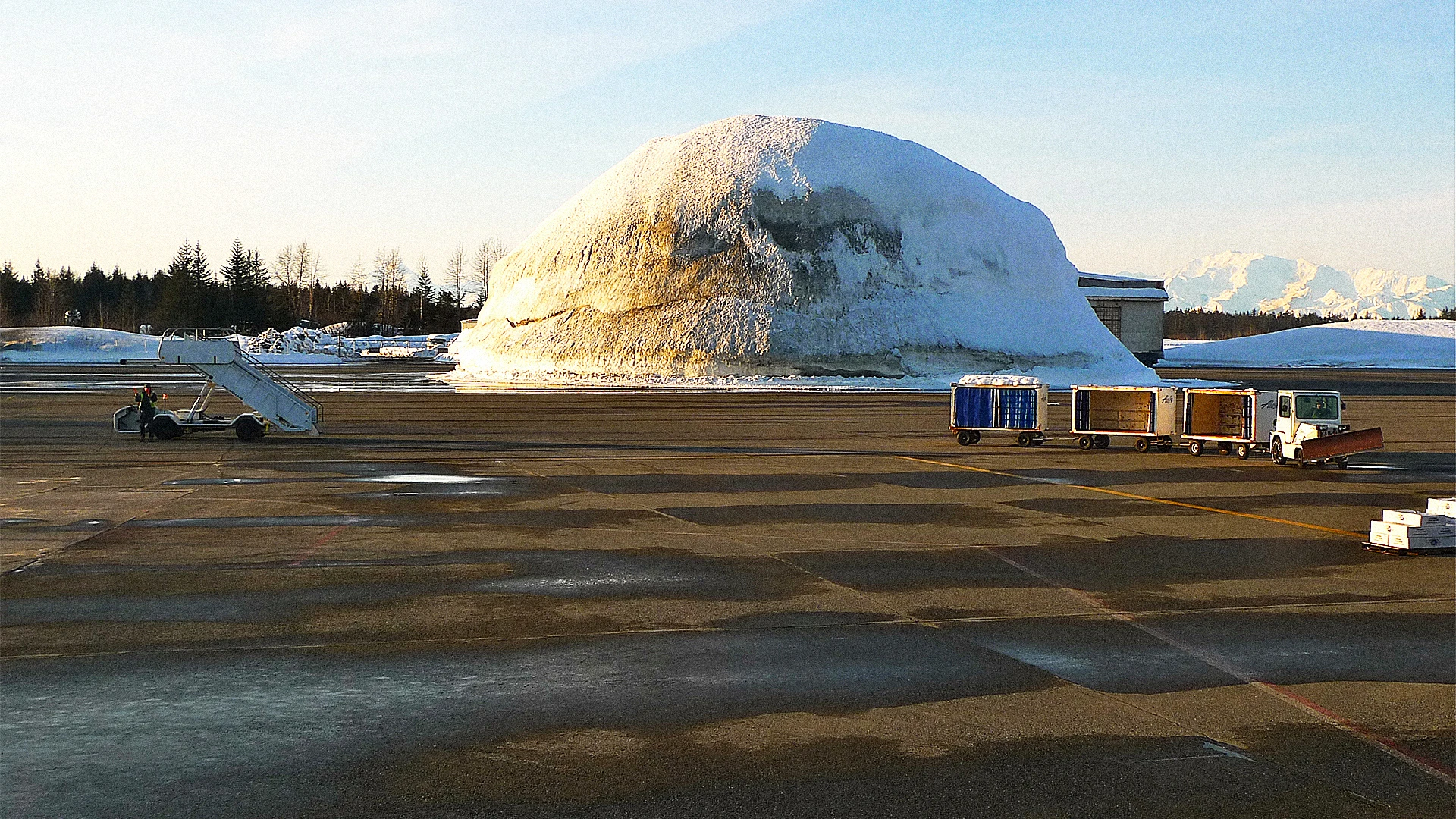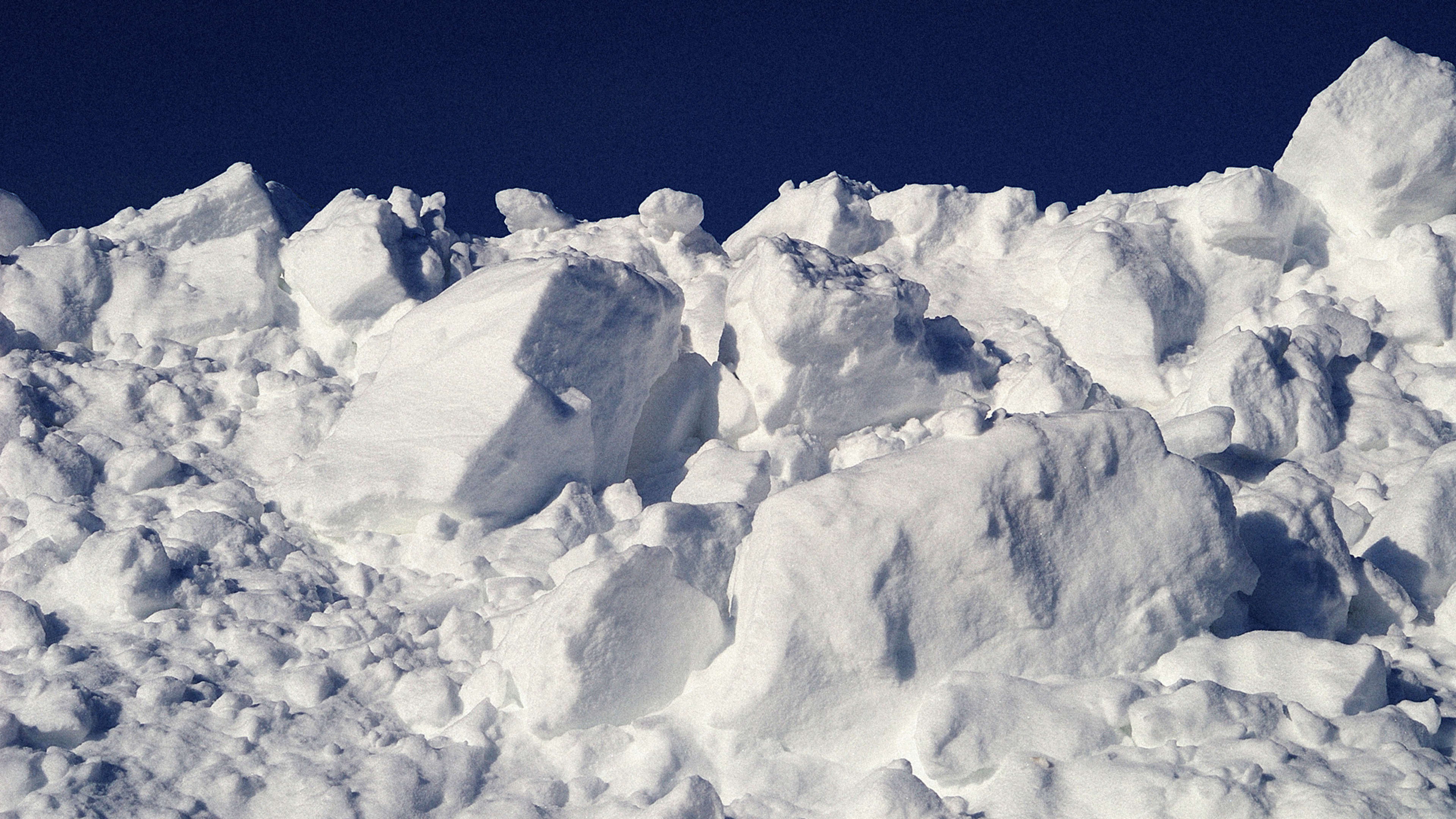S’no joke–Japan and Sweden are already saving their winter snow to cool buildings when the weather heats up, and a new study looks at the possibilities of doing the same in Canada.
In Stockholm, more than 35 million cubic feet of snow is cleared every winter, and dumped. In 2009, Sweden’s Sundsvall Hospital switched to snow for summer cooling. The technology is simple: You store the snow in an insulated pit and then, when needed, you pump the chilled meltwater out into a system of pipes. Just like pumping hot water through a building to heat it, you can use chilled water to cool it.
The advantages are many. It’s quiet, it’s more reliable, and it doesn’t require refrigeration units to cool the air. Now researchers at the University of British Columbia think Canada could do the same. “Snow is not a waste, but a resource,” study co-author Kasun Hewage told Popular Science.

The team’s report, published in the Clean Technologies and Environmental Policy journal, explores the different methods of snow cooling, and compares them to regular air conditioning. In Canada, residential buildings account for 17% of total energy usage, and 15% of greenhouse gas emissions, and this is growing thanks to increased use of air conditioning.
“Snow storage is an ancient, simple, and low-cost technique and it is feasible in countries like Canada, which has high-energy demands for both cooling and heating during a year,” says the report. Its oldest recorded use was in 1833, where buckets of ice were hung in a South Carolina hospital to cool the building. Eventually, machines were invented to do the cooling instead. Why? Storage. Snow storage took up too much precious space, and nobody cared about cutting energy use a century ago.
Previous studies have focused on regular snow storage versus air conditioning. This one looks at alternative methods of snow storage. Canada is especially good for this because almost everywhere goes below freezing in the winter, so anyone can harvest and store their own snow and ice. There are four traditional methods of storage: Indoors, and outside either on, in, or under the ground. The study added higher-tech options: Regular, loose storage; watertight storage (which minimizes contaminants and the need for later processing); and high-density storage (HSS), where the snow is compacted.
The results were surprising. Whereas air conditioning units are the worst in terms of environmental impact, conventional storage (just collecting the loose snow and insulating it) was also fairly damaging, partly because it needs a lot of space, and partly because of the materials used to do it. So too was watertight storage. The best overall method, then, is HSS, where the required space and materials are at a minimum over its lifecycle.
The conclusion is that snow is a good alternative to regular air-con, as long as your climate supports its use. And even if the environmental impacts were equal, snow is just more pleasant, without noise, hot exhaust, or drying of the indoor air. Best of all, you can even fashion a DIY version, if you are willing to dig a pit, and to hang buckets of ice around the place in summer, that is.
Recognize your brand’s excellence by applying to this year’s Brands That Matter Awards before the early-rate deadline, May 3.
